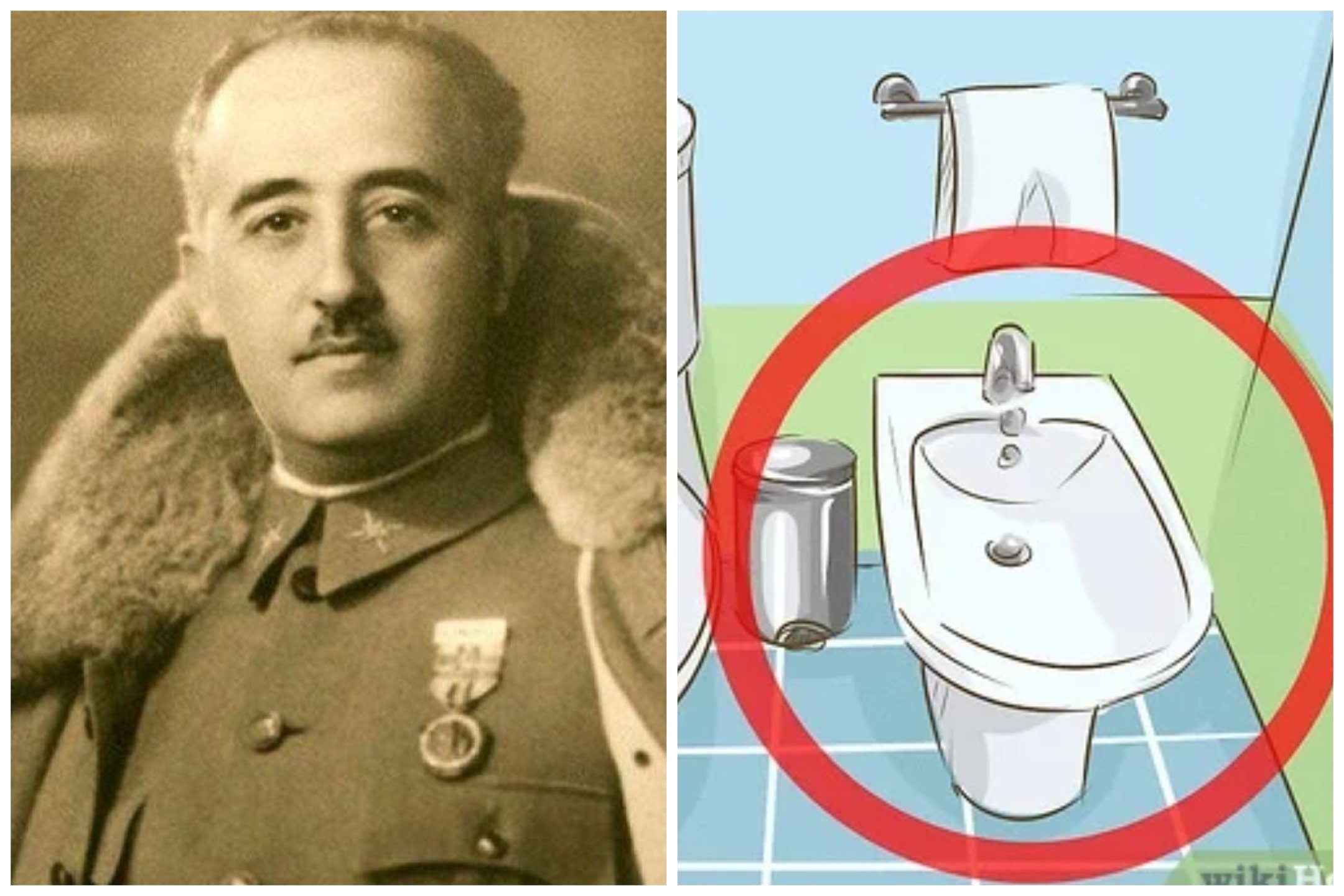THOSE who live in Spain will have noticed that many bathrooms in the country come with a bidet.
If you’ve ever wondered why, an X (formerly Twitter) user has laid it all out.
A bidet is typically placed next to the toilet and is essentially a low level sink that can be used to wash your private parts or feet.
But where did they come from?

As X user Alberto Martinez explains, the name itself is French, and derives from a type of pony that was used by children of nobility in centuries past. It also referred to the position one sits in when riding the horse.
It is not known when the first bidet was created but it was used by the ruling classes of Europe, mostly France, throughout the 17th, 18th and 19th centuries – including Napoleon himself.
But while France has mostly got rid of the bidet, why does Spain continue to have millions?
In the 20th century, specifically the 1940s, dictator General Franco of Spain put forward a law that all houses had to have a minimum level of hygiene.
By the 60s and 70s it was mandatory, in a bid to not ward off the growing numbers of European tourists – who happened to be fascinated by bidets.
By the 70s and 80s bidets were mandatory in apartments with four or more bedrooms, and in all social housing built between 1976 and 1978.
This meant bidets became the standard in most households and explains why so many still exist today.
In Zamora, in the north west, it is still mandatory to have a bidet in the bathroom. It is the only city in Spain that continues to have such a law.
Throughout the 2010s, however, newbuilds were installing fewer and fewer bidets, with numbers falling by 60 per cent between 2010 and 2020.
It means you’re much more likely to find a bidet in older buildings and homes.
However they might just yet make a comeback after proving essential for millions during the Covid pandemic – offering a handy alternative when supermarkets ran out of toilet paper.
In fact searches for bidets worldwide in 2020 surged by a whopping 1000%.
Click here to read more Spain News from The Olive Press.








